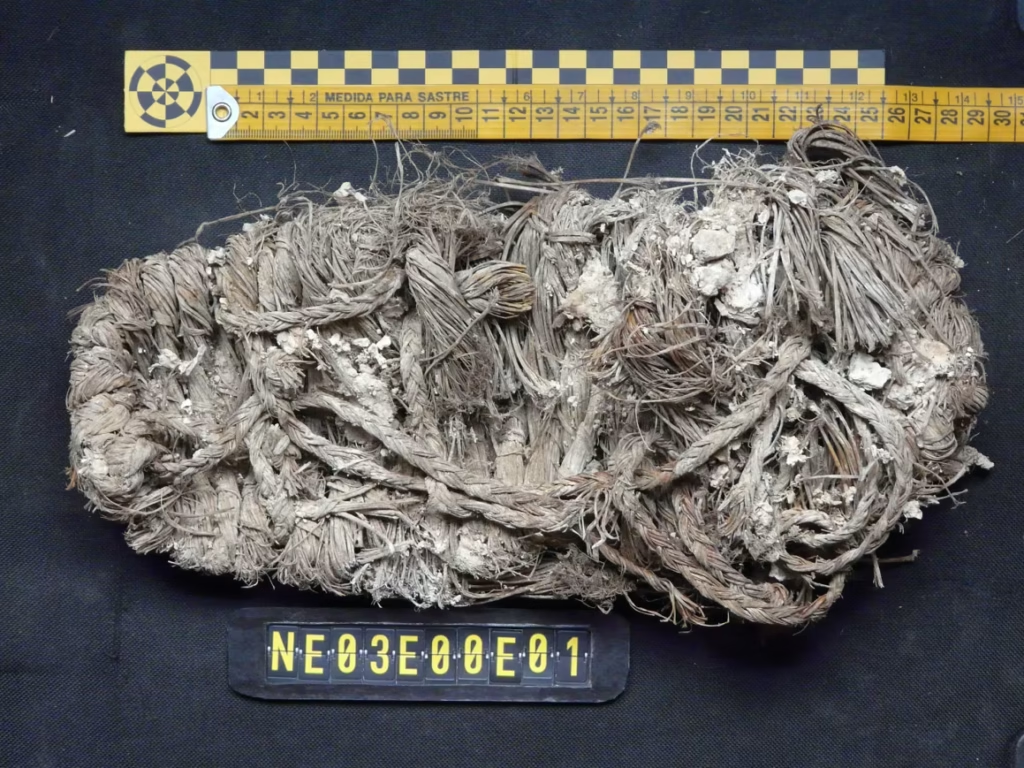Archaeologists in southern Spain have made a fascinating discovery while studying old bearded vulture nests. They uncovered several medieval objects, including a 13th century sandal made from esparto grass, that had been preserved for hundreds of years inside the birds’ abandoned nests.
The bearded vulture, also known as the lammergeier, is known for building large nests in high mountain cliffs using sticks, wool, bones, and even human made materials it finds nearby. Over the centuries, these nests became like natural time capsules, keeping ancient artifacts in remarkably good condition thanks to stable temperatures and low humidity inside the caves.
Researchers explored 12 ancient nests between 2008 and 2014, carefully documenting and removing items buried within them. Alongside the 700 year old sandal, the team found woven baskets, ropes, painted leather, slingshots, fabric scraps, and a crossbow bolt. Some of these objects are believed to have been used by shepherds or villagers who lived in the region during the Middle Ages.
Experts say the discovery offers a rare glimpse into everyday medieval life and how people used local materials like esparto grass for clothing and tools. It also provides valuable clues about the ecology of the bearded vulture, a bird species now considered near threatened. By studying these nests, scientists can understand how the vultures lived, what they fed on, and how their nesting habits have changed over time.
The find is not only an archaeological milestone but also an ecological one, showing how nature can help preserve pieces of human history in unexpected ways. The combination of science and archaeology in this study continues to reveal how humans and wildlife have shared the same landscapes for centuries.


